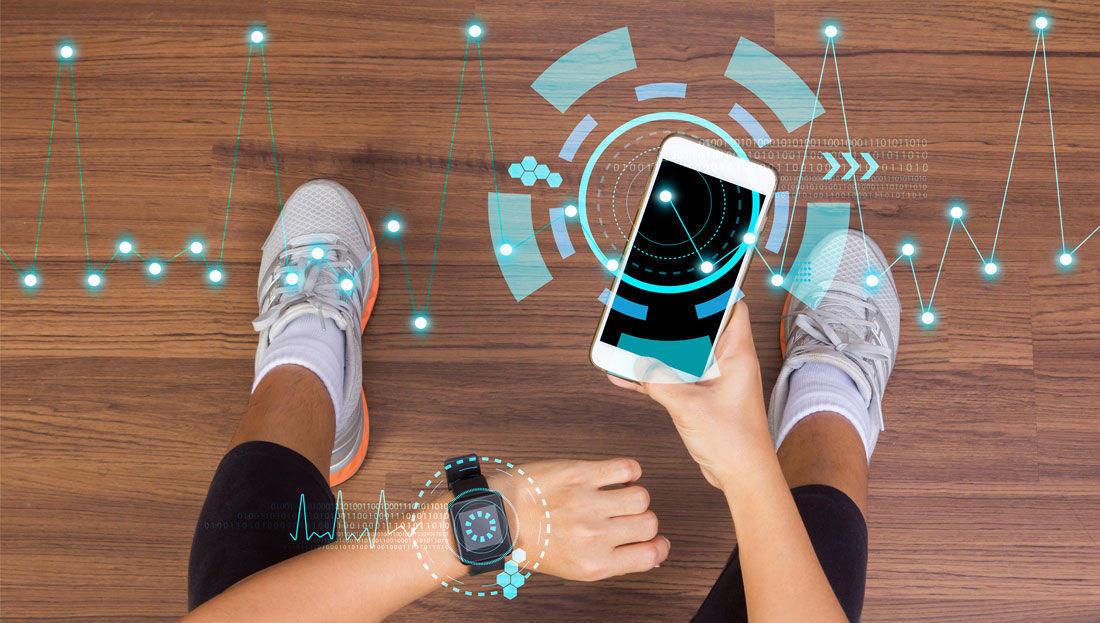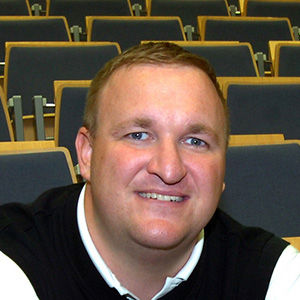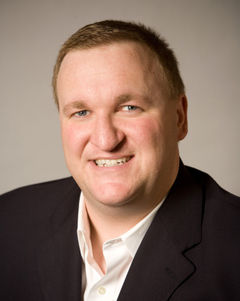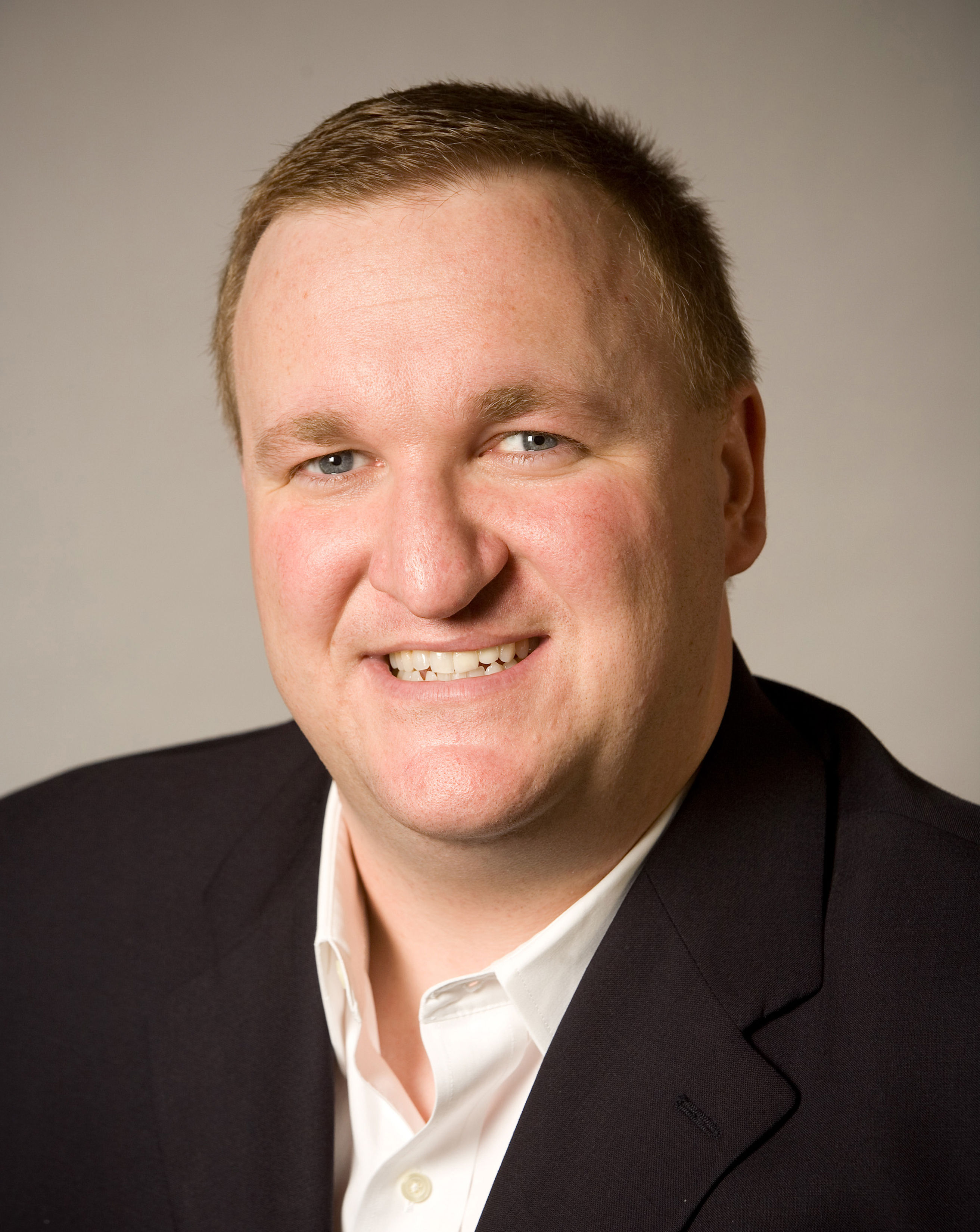
In this series, ACE experts answer your health and exercise questions. From nutrition to youth fitness, you’ll find detailed answers to many of the questions that may come up in your work with clients. If you have questions you’d like to ask our experts, please email us at Christine.Ekeroth@acefitness.org.
The Expert:
 Ted Vickey, MS, is the ACE senior consultant for emerging technologies and a long-time ACE Certified Personal Trainer. Referred to as "one of the most connected men in fitness," Vickey served as executive director of the White House Athletic Center under three presidents before starting FitWell Inc., a fitness management consulting company..
Ted Vickey, MS, is the ACE senior consultant for emerging technologies and a long-time ACE Certified Personal Trainer. Referred to as "one of the most connected men in fitness," Vickey served as executive director of the White House Athletic Center under three presidents before starting FitWell Inc., a fitness management consulting company..
Q. I find that my clients get really excited about technology when they first get their fitness tracking devices (Fitbit, Apple Watch, etc.), but then their enthusiasm fades after a few months. What can I do to keep them engaged and interested in tracking their progress?
Many people have turned to technology, particularly wearable devices, to improve their health and fitness. There is the initial excitement of the new fitness gadget, but over time (even a few short months), the enthusiasm fades, and the wearable ends up forgotten in a drawer or box in the closet.
Consider why your clients hire a trainer in the first place. Many times, it’s for motivation, education, support and/or accountability. Each factor can be used in conjunction with fitness technology. Use whatever strategy works best with each client, then plan his or her workouts accordingly.
The same is true for any type of fitness technology you might use with your clients. Think of that piece of technology as just another tool in your training arsenal; it is the same as a dumbbell, treadmill, TRX or even a simple workout card. These all can be considered tools for you to use to help your clients along their paths toward wellness. Any type of technology that you may use with a client has the potential to improve his or her health.
Here is a four-step process you can use with your clients to use fitness technology more effectively:
- Plan – If your clients ask about wearables, have an honest and meaningful conversation with them about the pros and cons of using such a device. What is their budget? What do they want to track? How do they think the wearable might help?
- Connect – To help your clients get the most benefit from their wearables, you need to be able to connect with them through the device. Many wearables have a “friend feature” that makes it possible for your clients to share their workout data with you. Make sure they give you permission to see all the information. For some, the simple fact that they are now being “monitored” will increase their activity. For others, more engagement with “virtual high-fives” is needed.
- Analyze – One of the main benefits of wearables is the data that is collected. There is a trove of information there that you can analyze for your clients. Based on this information, you can create and change their workouts as needed. Keep an eye on the data for signs it is time for a change.
- Implement – Plan different workouts using different data points from the wearable. One week it could be steps, time spent within a heart-rate zone or even quality of sleep. Changing what is being tracked can help with the tracking. You can also consider adding a third-party app to the wearable for some exciting motivation. Here are two that I have used:
- Achievement is an app that awards points for healthy behaviors. Once your client reaches 10,000 points, they earn $10. It is as easy as that! I’ve been using Achievement for two years and have redeemed my points for Amazon gift cards.
- Charity Miles is an app that monitors physical activity. For each mile, a donation is made to the charity of your choice. In addition to impacting your personal health, you can make a difference in the lives of others simply by being active.
Some health and exercise professionals may fear that these apps and wearables will replace the need for a trainer, but that doesn’t need to be the case. Intrinsically, any type of technology, including those that you would use as a personal trainer, is neither good nor bad—it is how you use it that makes the difference.
I was once asked at a conference if technology will replace personal training. My answer was, and still is, “If any piece of technology can replace exactly what you do, then it probably should.” As a health and exercise professional, you provide the human side to the solution. Let the technology do what it is best at doing, while you focus on everything else.
Q. How accurate are sleep trackers? I’ve been urging my clients to focus on improving their sleep habits, but they can’t always tell what works and what doesn’t. Would using a sleep tracker help?
The answer to your question of whether using a sleep tracker would help is maybe.
If your client has a wearable or app that can track sleep, it may report things like total sleep time and how “restful” his or her sleep was on a given night. These sleep trackers can track and monitor aspects of sleep including:
- Sleep duration – measures the length of sleep per night
- Sleep quality – detects interrupted sleep patterns, which can determine the quality of sleep
- Sleep phases – some track the different phases of sleep with alarms to wake during a time when not in a deep phase of sleep, which in theory should make it easier to wake up
- Environmental factors – some record things like room temperature, the amount of light and decibels of sound
- Lifestyle factors – some sleep trackers allow for manual entry of activities that can affect sleep including caffeine consumption, stress level and caloric intake
The app or wearable might even suggest a "sleep score," but buyer beware—not all sleep scores are built the same and there is, to date, no regulation as to what this data should include and how it should be interpreted. In fact, I’ve worn three different sleep-tracking devices for the same night and got three different sets of numbers. By the way, the trick here is to have your client wear the same sleep tracker over and over again. If the tracker is off by 10% one night, it will consistently be off by 10% (and thus still give you a consistent reading for comparison purposes). Don’t cross track by using different sleep trackers.
However, experts in sleep science say that sleep trackers may not offer a complete picture of your slumber and may, in fact, be causing sleep issues just by their use. (I have, at times, been stressed when the sleep tracker decides to quit at 3:25 a.m. or I am missing two nights’ worth of data for the week because I forgot to activate the sleep tracker.) Sleep can be difficult to measure; for the measurements to be as meaningful as possible, the data collection must be specific as well as comprehensive.
Most sleep trackers work by sensing motion using an accelerometer. However, the lack of motion during the night is not a marker for sleep, let alone the quality of the sleep. The most exact data about sleeping habits can be derived from a medical sleep study, which monitors many aspects of sleep including brain waves to analyze the different stages of sleep throughout the night. If you have ever done a medical sleep study, however, you can attest to the fact that being in a hospital setting with electrodes glued to your head, wires and straps all around your body, and a camera recording your every move is not exactly ideal for sleep. Depending on what is being measured, a sleep tracker might be good enough (and improvements in technologies mean that the accuracy of sleep trackers will likely continue to improve as well).
Of course, your clients aren’t trying to conduct a medical sleep study—they just want some basic information and a sleep tracker is capable of providing such information. Look for nightly patterns that can help identify possible causes of the lack of sleep. For example, is sleep disrupted if they drink caffeine after lunch? Does a lower room temperature result in better sleep? Do your clients feel more refreshed when they sleep the same amount of time, but at different times, say, from 9 p.m. to 5 a.m. versus 12 a.m. to 8 a.m.? The trackers can provide the data needed to provide insights into these questions, often with user-friendly graphs that make it easy to spot the patterns from the sleep app or connected website.
As a health and exercise professional, you likely prefer to collect fitness testing data by conducting fitness tests under your supervision, but there is growing evidence that the fitness tests offered by wearables and apps can provide similar data. The same holds true for sleep tracking. If a client is worried about sleep apnea, a medical sleep lab is needed. But for general sleep tracking information, most quality sleep trackers will work just fine.
Q. I use heart-rate training with my clients and most of them wear some kind of tracker on their wrists (Apple Watch, Fitbit, etc.). Are these sufficient or should they be wearing a chest-strap heart-rate monitor to get more accurate results?
From my closet of wearables, I have tested a Polar HR H10 strap, a MyZone MZ-3 strap, a Wahoo Tickr X strap, a Scosche Rhythm24 wrist monitor, Apple Watch, Fitbit Charge smartwatch and a Polar Vantage V smartwatch. I’ve even tested a product that monitors heart rate through headphones (technology from my friend Kow Ping from WBD101) and forearm sensors by Wahoo and Mio.
Chest straps and wrist monitors measure heart rate using two different methods. A chest strap heart-rate monitor measures tthe pulse via electrical signals and sends the data to a connected device, such as a smartphone. Wrist-based monitors, such as an Apple Watch, detect the blood pulsing through the veins through optical heart-rate sensors.
In addition to heart rate, some of these sensors claim to be able to track electro-cardiography-accurate heart-rate data at performance level speeds, recovery time and heart-rate variability, assign fitness points and training zones, and possibly identify potential heart issues such as atttrial fibrillation, or AFib.
In my analysis, which is largely focused on factors such as user interface and data collection derived through research and personal testing, my answer is: it depends.
There are several factors to consider:
- Purpose – Is the measurement being used to track high-level athletic training or a typical gym workout or run? Does it need to measure heart rates all day or just during exercise? Are other measurements wanted or needed? Accuracy means different things for people with different purposes.
- Comfort – If the device isn’t comfortable, your client isn’t going to wear it.
- Cost – For many, the cost of a heart-rate monitor might be the most crucial part of the equation. Monitors can run anywhere from $50 to more than $500, but there’s no need to pay for unneeded features. Your client isn’t going to use this for a medical procedure, so slightly lower accuracy may be a worthwhile tradeoff if it means saving some cash.
- User Interface – If the device is hard to put on or the app is not easy to use, it doesn’t matter how accurate the monitor is—your client won’t use it.
Remember, your clients are most likely looking to you as the expert to suggest what you think is best for them. Do your homework and try some of the devices before you make any recommendations.
Something you might consider is expanding your offerings to include heart-rate monitoring for your clients’ workouts outside of your training sessions, which can help increase accountability. I can tell you I ran 3 miles, but if you ask me to prove it by showing you my heart rate, then I must run the 3 miles. This type of monitoring also can provide you with an easy tool and reason to communicate with your clients during the week. Additionally, many manufacturers have affiliate partnerships with health and exercise professionals that make it possible to create a small additional revenue source for your business.
As the current global climate has made painfully clear, the traditional model of trading time for money is a major limiting factor in the success of a fitness business. Health and exercise professionals who adopt fitness technology, use the vast amounts of fitness data to personalize a program, and create a new model for their fitness businesses will be able to withstand the ever-changing tides of our industry.





 by
by 

 Ted Vickey, MS, is the ACE senior consultant for emerging technologies and a long-time ACE Certified Personal Trainer. Referred to as "one of the most connected men in fitness," Vickey served as executive director of the White House Athletic Center under three presidents before starting FitWell Inc., a fitness management consulting company..
Ted Vickey, MS, is the ACE senior consultant for emerging technologies and a long-time ACE Certified Personal Trainer. Referred to as "one of the most connected men in fitness," Vickey served as executive director of the White House Athletic Center under three presidents before starting FitWell Inc., a fitness management consulting company.. 
